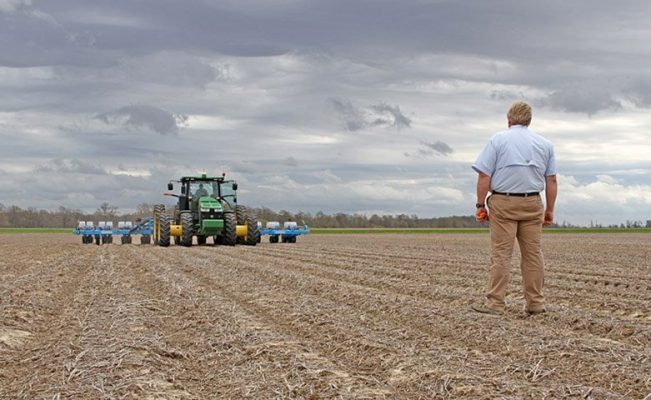The increasingly wet conditions in South Africa’s corn-growing regions, brought on by a third consecutive year of La Niña, raise the risk of a smaller corn crop just as the country’s planting season ramps up, and lower corn planted area could have consequences for importing nations in Asia and Africa.
According to Gro’s Food Security Tracker for Africa, the forecasts in 2023 South Africa corn production will be down 3% from last year, although production will exceed the 10-year average. It’s still very early in the planting season, though, and forecasts can change in coming weeks.
Gro connects to teams of all types for short and long-term decision-making, in-season monitoring, and climate risk assessments. We also work with the public sector to monitor global food security and the effects of climate change.
Gro’s Food Security Tracker for Africa is a first-of-its-kind, interactive tool showing both real-time data and projections for the supply, demand, and price of major crops for 49 African countries.
As the crop enters its critical pollination and grain-filling stages, Gro’s Climate Risk Navigator for Agriculture, weighted to South African corn, as shown in this display, can be followed to monitor key growing conditions. South Africa’s corn crop is harvested in April and May.
South Africa grows both yellow corn, used mainly for animal feed, and white corn, a food staple. Much of South Africa’s yellow corn is exported to Japan, Taiwan, Vietnam, and South Korea.
Because South Africa is Africa’s largest corn producer and one of the continent’s major grain producers and exporters, neighbouring countries in southern Africa, including Zimbabwe, Botswana, and Mozambique, often rely upon its white corn to feed their people.
In years of poor South African corn production, southern Africa countries are forced to import corn, usually from Brazil and Argentina, an exceptional burden for African economies during periods when their currencies depreciate.
Due to last year’s abnormally wet La Niña conditions, South African farmers slashed total corn area by 4% year over year. Even though total corn yields for 2022 remained steady, the area decline negatively impacted production.
Over the past week, South Africa has been receiving heavy rainfall in most parts of the country.









